MEMS & Piezoelectric Devices Blog Posts
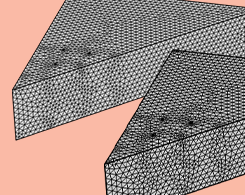
Characterizing Piezoelectric Sensors for Nondestructive Testing
Piezoelectric sensors must be carefully designed and calibrated. Simulation can help make this process more efficient…
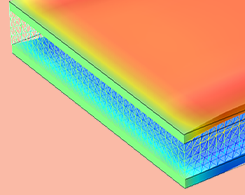
Modeling Piezoelectricity: Which Module to Use?
Acoustics Module, MEMS Module, Structural Mechanics Module: Which one should you use for your piezoelectric device modeling? Get a comprehensive overview of your options here.
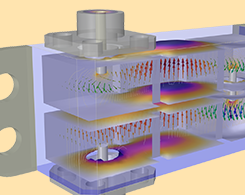
Designing Cavity Filters for 5G Devices with Multiphysics Modeling
From radar and microwave ovens to particle accelerators, RF cavity filters are found in a variety of different application areas. Among them: 5G devices and infrastructure.
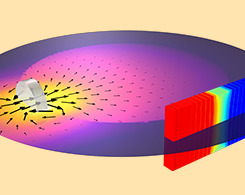
How to Model a Hall Effect Sensor with COMSOL Multiphysics®
Basic working principle of a Hall effect sensor: A nearby magnetic field deflects the path of current through a semiconductive sensor, which causes a measurable change in potential.
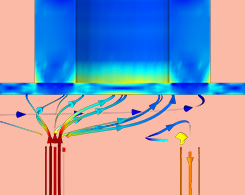
How to Simulate a Piezoelectric Micropump
Learn how to combine piezoelectric materials with fluid-structure interaction effects, use a velocity-dependent formula, and set up disconnected mesh between the solid and fluid domains.
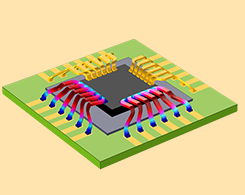
Course: Modeling Joule Heating with Thermal Expansion
Get an overview of the course on Joule heating and thermal expansion. Plus, access supporting material.
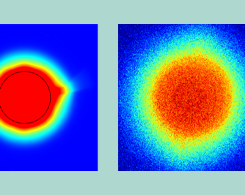
Developing a Silicon MEMS Chip for On-Demand DNA Synthesis
The development of genome editing tools like CRISPR-Cas9 has increased the demand for DNA synthesis technology. Researchers are creating a DNA synthesis platform to broaden horizons in the field.
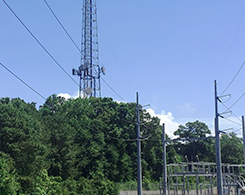
10 Real Uses of COMSOL Multiphysics® in the Power Industry
Minimizing transformer noise, planning underground cable networks, and managing a power grid. Keep reading for more real-world examples in which simulation is used in the power industry.
